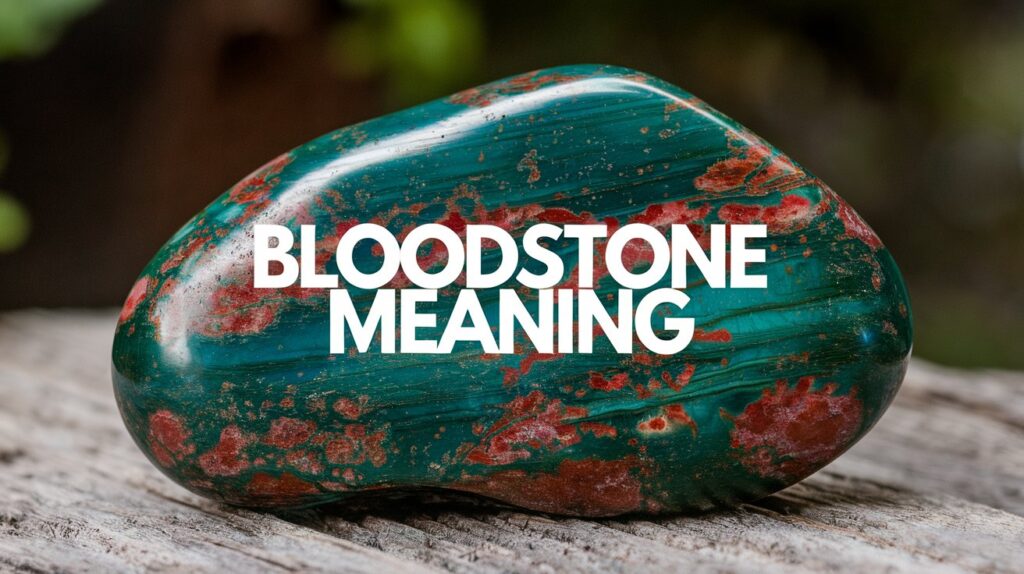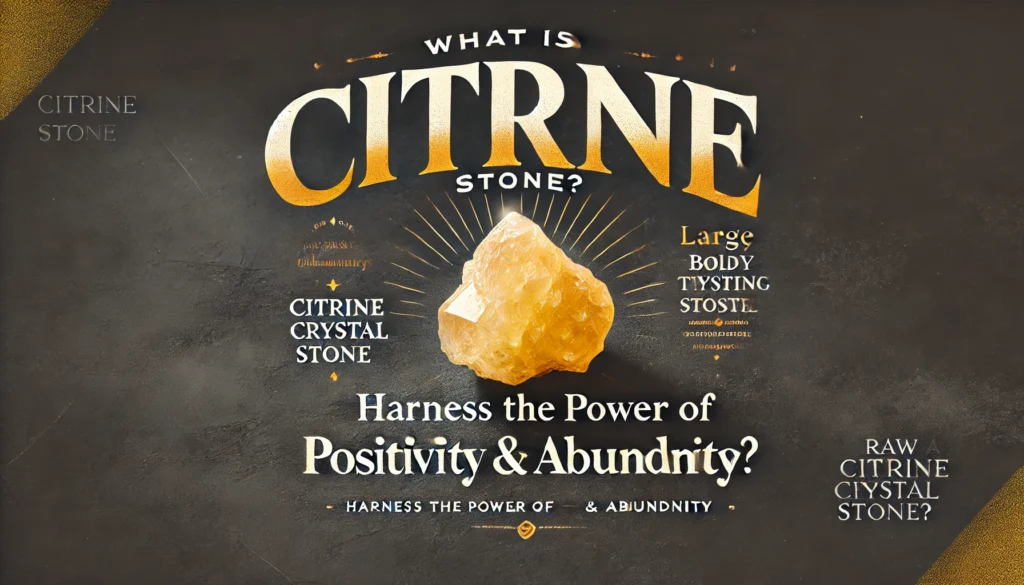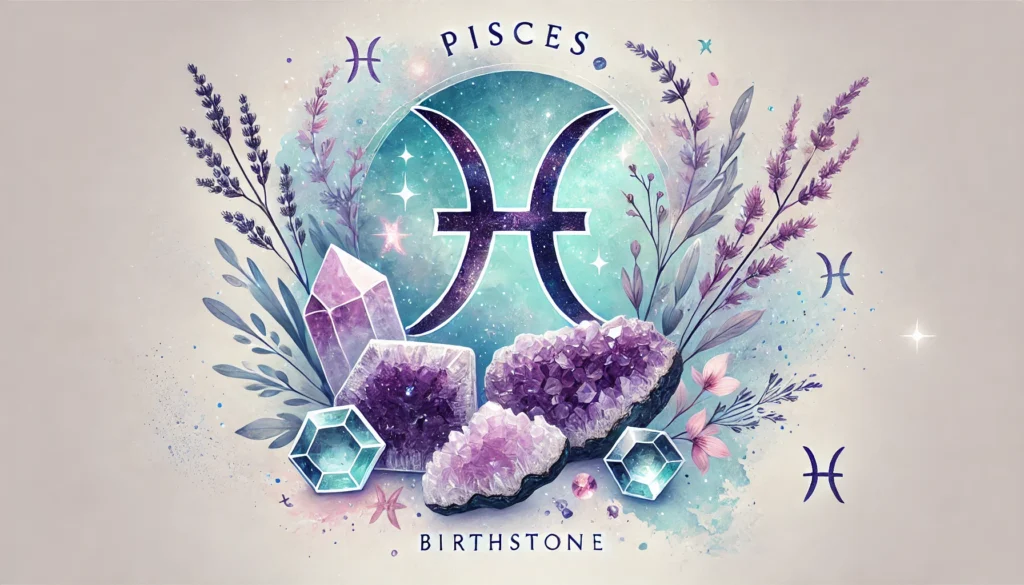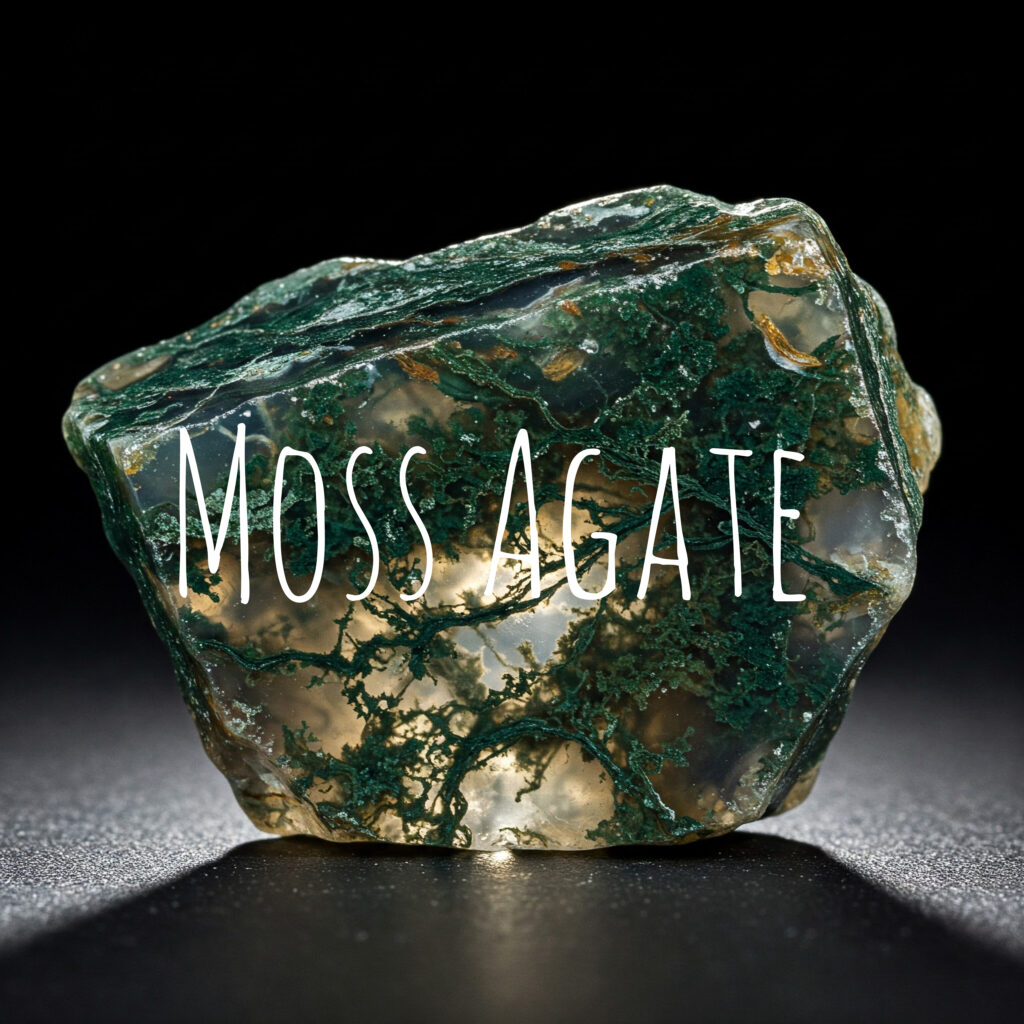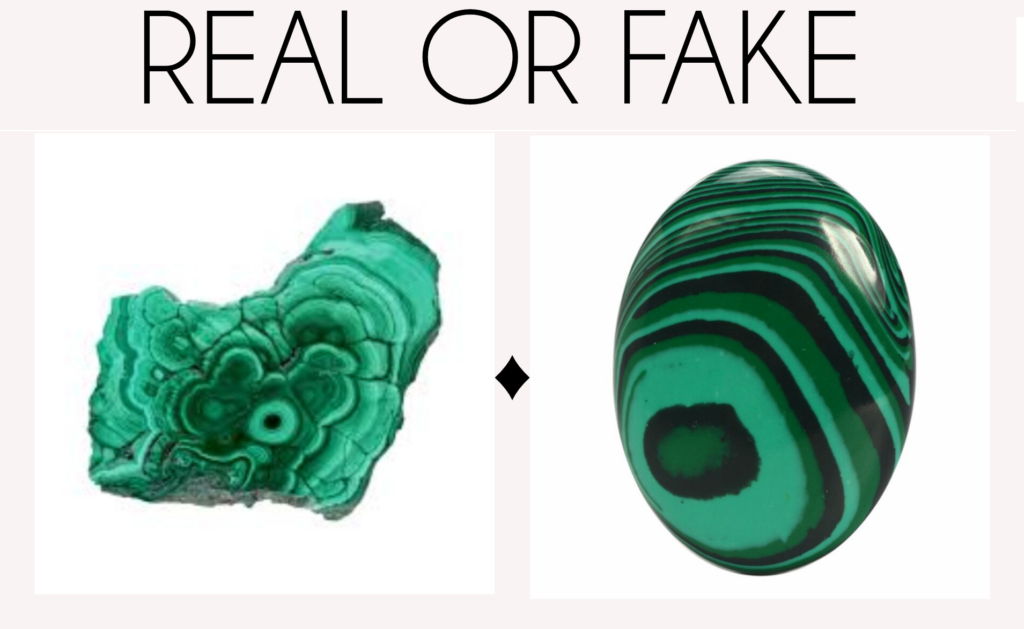Hidden Dangers in Budget Jewelry: Toxic Metals in Popular Online Accessories
Affordable and stylish jewelry from online retailers like Temu and Shein has become increasingly popular. However, recent investigations have uncovered alarming levels of toxic substances in some of these products, posing significant health risks to consumers. Toxic Metals Found in Jewelry Laboratory tests have revealed that certain low-cost jewelry items contain hazardous levels of heavy […]




